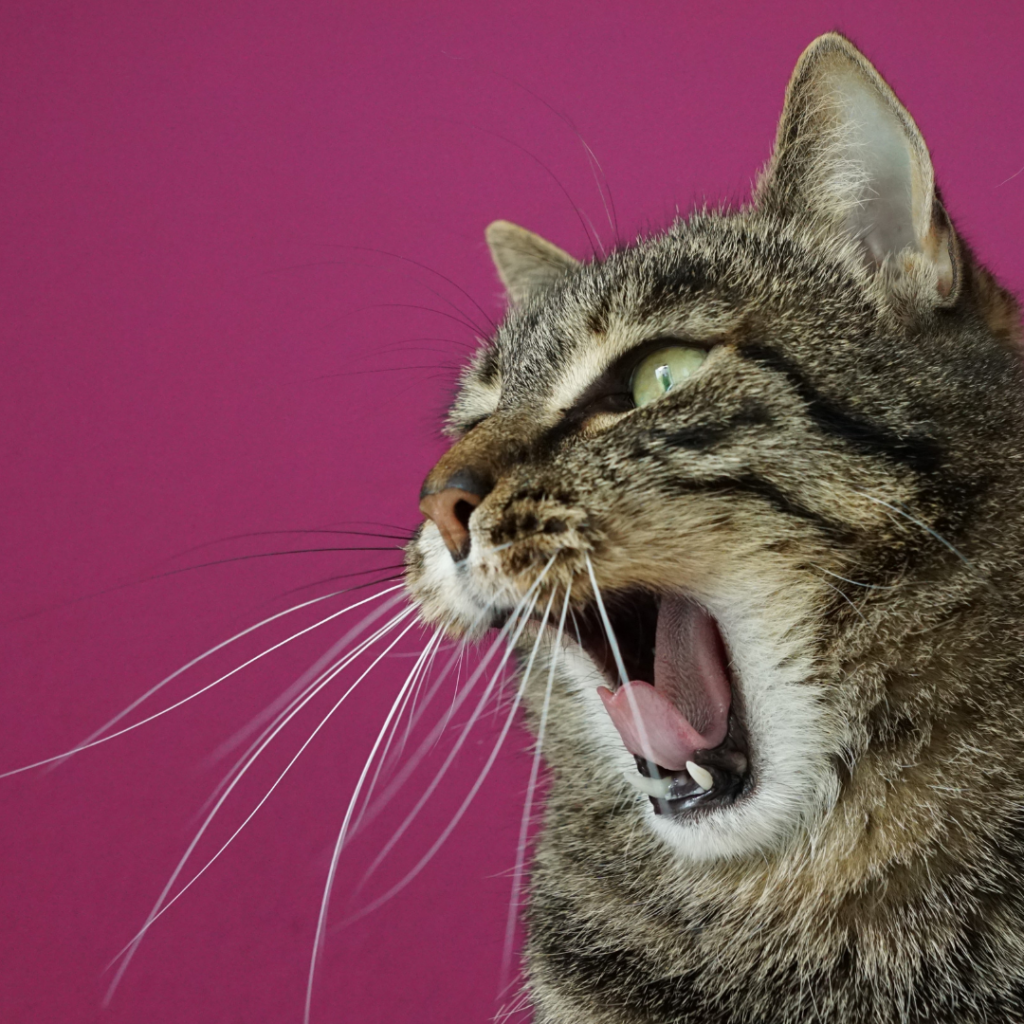Cats can feel stressed, it’s not just a human condition. Cats are creatures of habit, and even the slightest change in their environment or routine can leave them feeling unsettled. While each cat is unique, there are several telltale signs that a cat might not be coping well with a change, such as a move, new furniture, or a new pet. Here are some key behaviors to watch for if you suspect your cat might be struggling.
This post may contain affiliate links, which will be marked with * for your reference and will earn me some income if you click through and make a purchase.

1. Hiding Away
One of the first signs that a cat isn’t handling change well is excessive hiding. Cats are naturally cautious and often retreat when they feel threatened or anxious. If your cat, who normally enjoys being part of the action, suddenly starts hiding under beds or in closets, it’s likely a sign they’re feeling uneasy. Cats view these secluded spaces as safe zones, so spending extended time there can indicate they’re trying to escape whatever’s causing their stress.
2. Changes in Grooming
Another sign your cat may be stressed by a change is altered grooming habits. Some cats will over-groom as a way to self-soothe, often focusing on one spot until the fur thins or even creating bald patches. Others may neglect grooming altogether, which is usually noticeable in longer-haired cats who suddenly appear scruffy. Any noticeable shift in grooming can be a response to stress, so it’s worth paying attention to.
3. Loss of Appetite or Overeating
A cat’s appetite is closely tied to their sense of well-being. If your cat is refusing food or eating far less than usual, it could be a sign they’re feeling off. Some cats might go the other way and eat excessively, using food as a source of comfort. Either behavior change should be watched closely. If a reduced appetite lasts more than a day or two, it might be time to consult a vet, as cats are prone to liver issues if they stop eating for too long.
4. Increased Vocalization
Cats are known for their unique ways of communicating, and stressed-out cats can become surprisingly vocal. If your normally quiet cat starts yowling, crying, or even chirping more frequently, they could be trying to express discomfort. This is particularly common when a change disrupts their daily life, such as a move or the addition of a new pet. Pay attention to when they vocalize, as it could give you a clue about what’s triggering them.
5. Litter Box Issues
One of the more noticeable signs of a stressed cat is a change in litter box behavior. Cats are usually quite particular about their bathroom habits, so if they start urinating or defecating outside the box, it can indicate they’re struggling. Sometimes, they’ll choose a spot with a strong connection to their humans, like your bed or a favorite chair, as a way of marking their territory or seeking comfort. Ruling out medical issues is essential, but if none are found, it’s likely a stress-related response to change.
6. Aggressive or Fearful Behavior
If your usually calm and friendly cat starts hissing, swatting, or biting, it could be a sign of stress. Cats under pressure often become more irritable and reactive, lashing out when approached. On the flip side, some might become more fearful, cowering or flinching at normal interactions. This change in personality is often a way of protecting themselves, showing that they feel threatened by the recent changes in their environment.
7. Increased Scratching
Scratching is normal for cats, but increased or unusual scratching can be a sign of stress. Cats scratch to mark territory and feel in control, so if they’re clawing at furniture, walls, or other areas they usually ignore, they might be trying to reassert a sense of security. Providing extra scratching posts and paying attention to their scratching habits can help you figure out what’s causing their anxiety.

How to Help
If you notice any of these signs, there are a few things you can try to make your cat feel more comfortable. Start by reintroducing familiar scents: place their favorite blankets or toys around to help them feel at home. Stick to their usual routines as closely as possible, especially with feeding times. Cats thrive on predictability, so keeping things familiar can go a long way. If you do need to change your cat’s routine, or life changes are coming that will impact your cat, like moving house, a holiday and a pet sitter coming, a new baby arriving or house maintenance and DIY that might cause stress, try to take things slowly or at least help them adjust where they can. Some things are avoidable, but remember, cats feel stressed too, so if you can help them to manage that stress, as much as possible, you are being as caring an owner as you can be, and your cat will appreciate that support.
You might also consider using cat-friendly pheromone diffusers, like Feliway*, which mimic the natural scents cats use to mark safe spaces. These can create a calming effect, helping them adjust to new surroundings. Above all, be patient and give them time to adjust. With a little reassurance and care, most cats can settle back into a routine and feel at ease again.